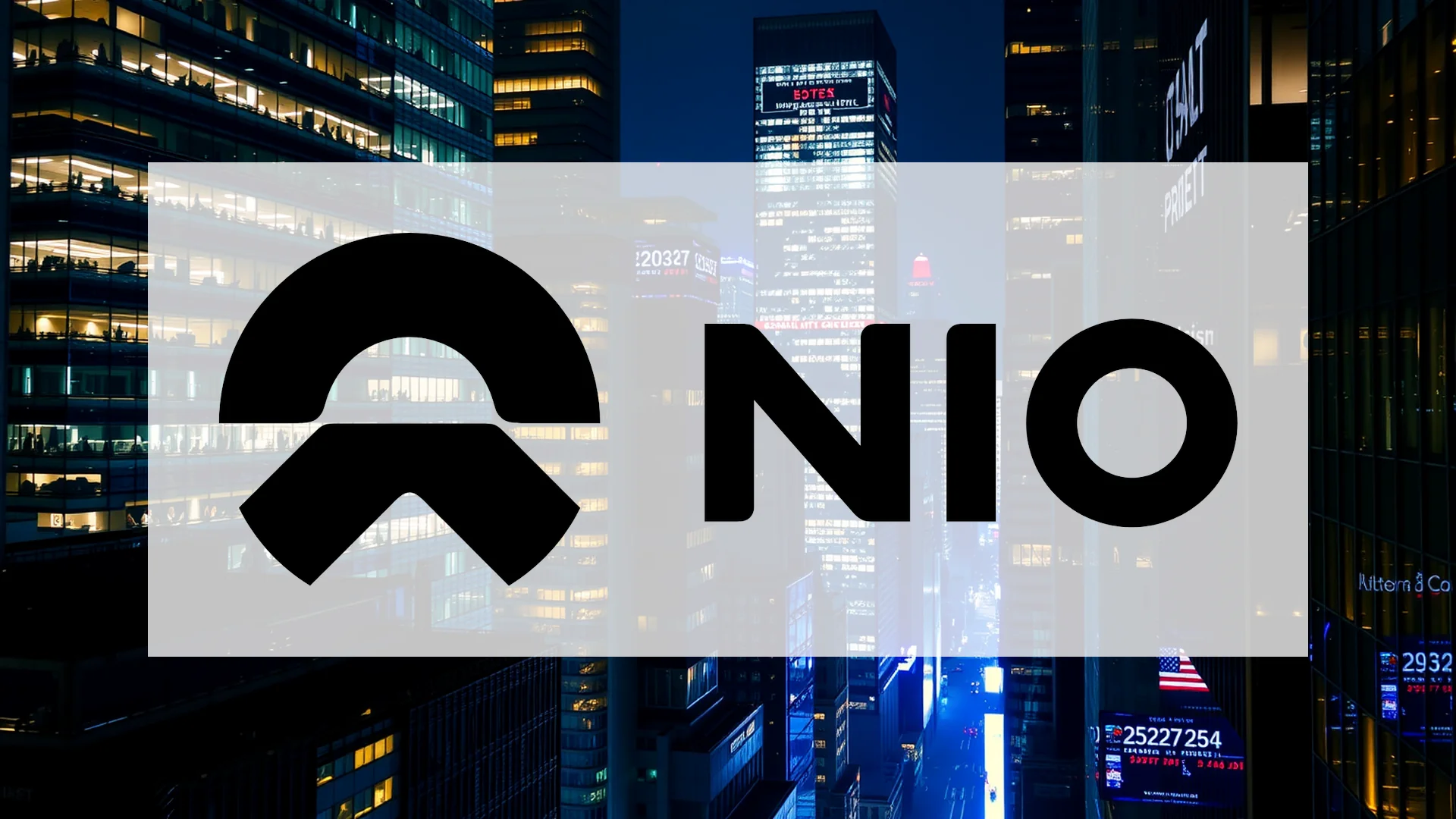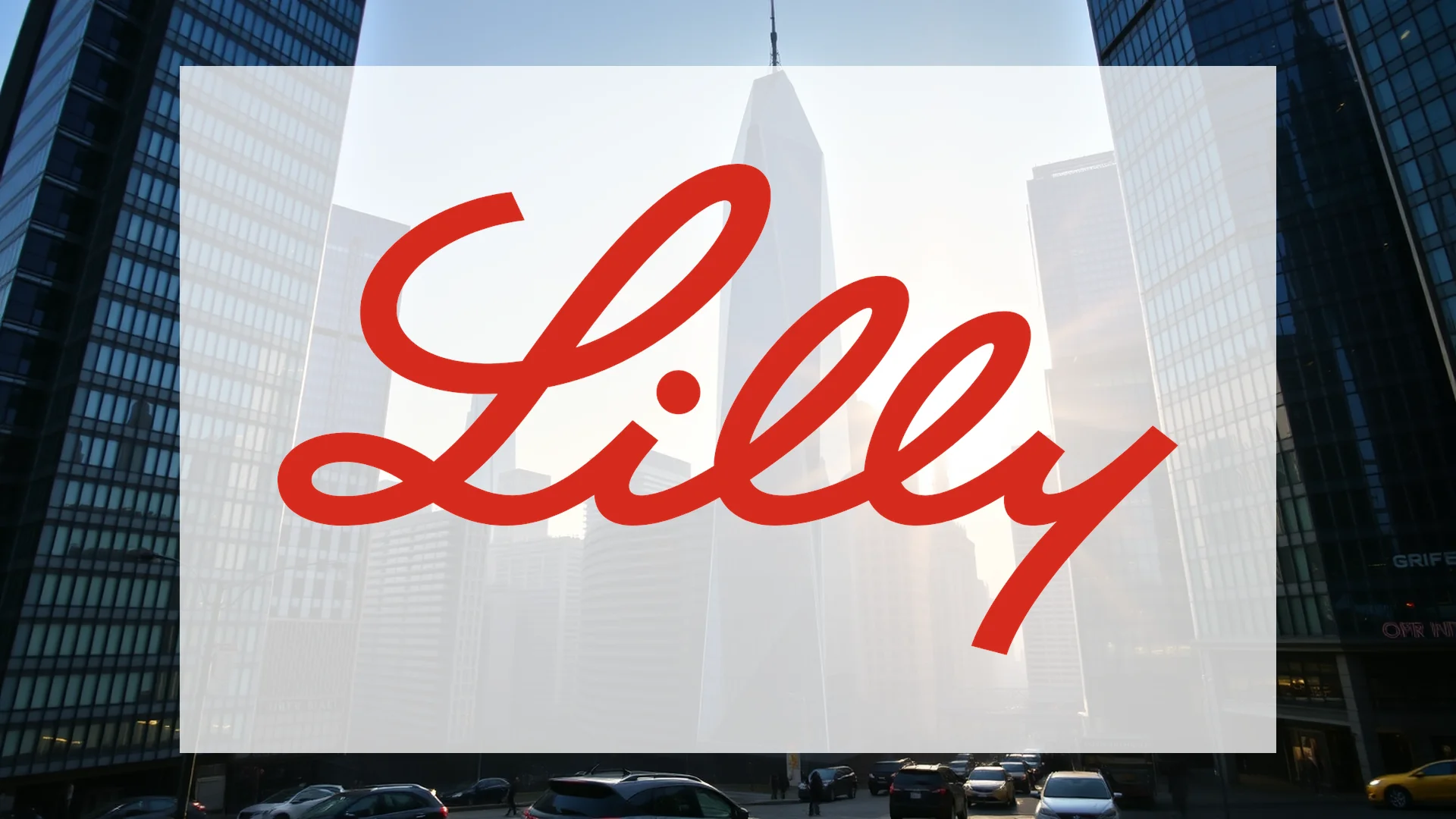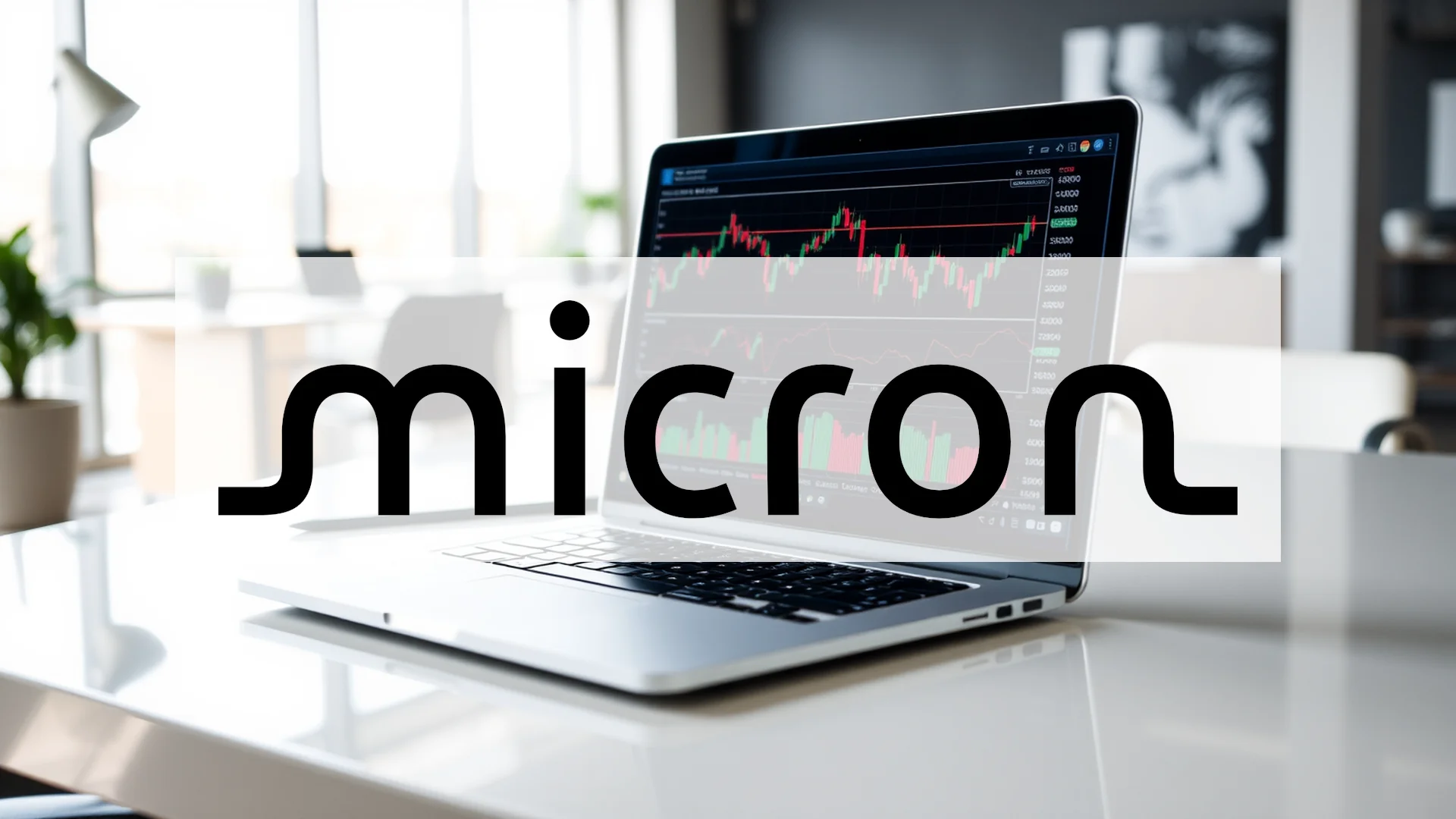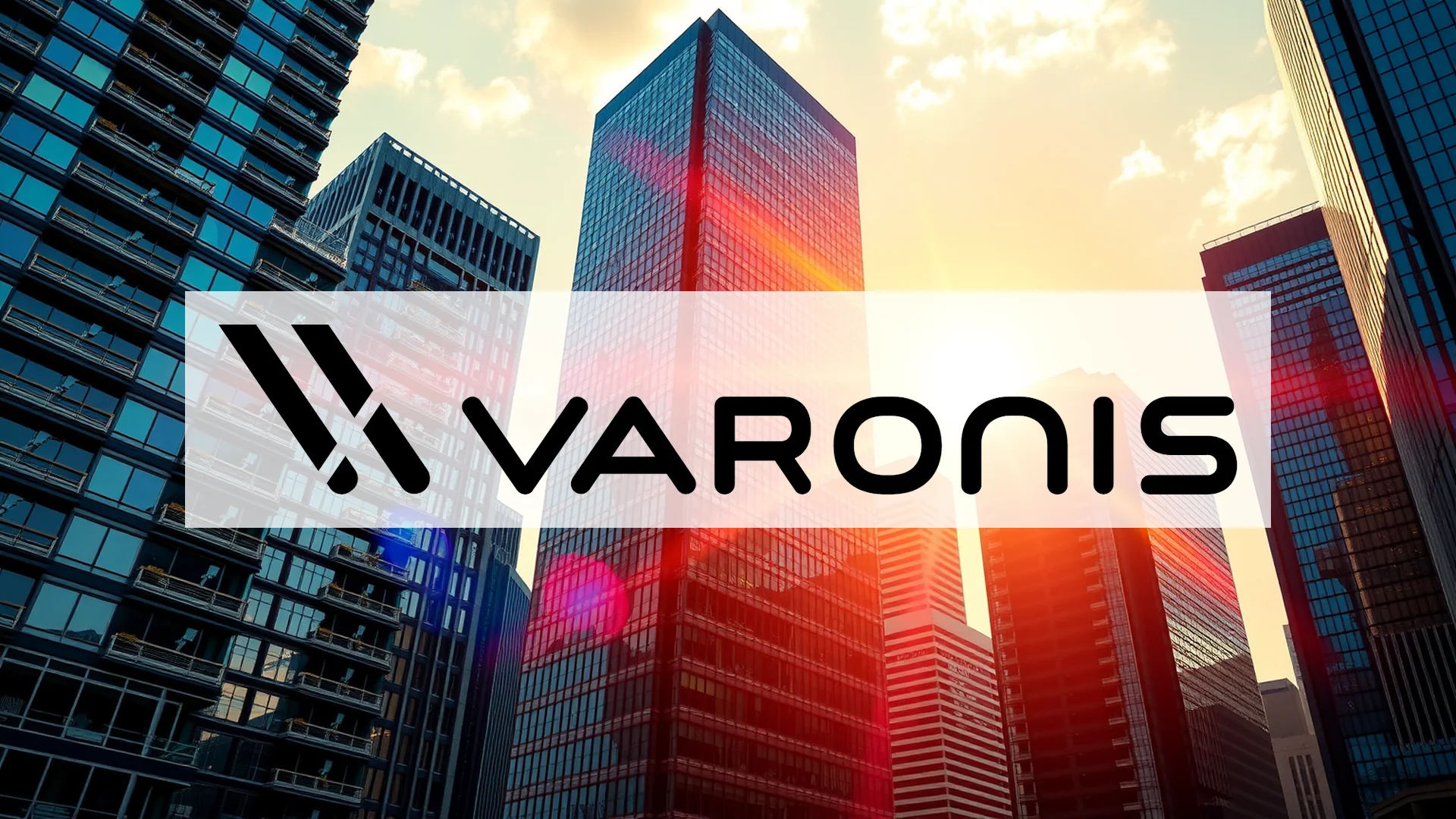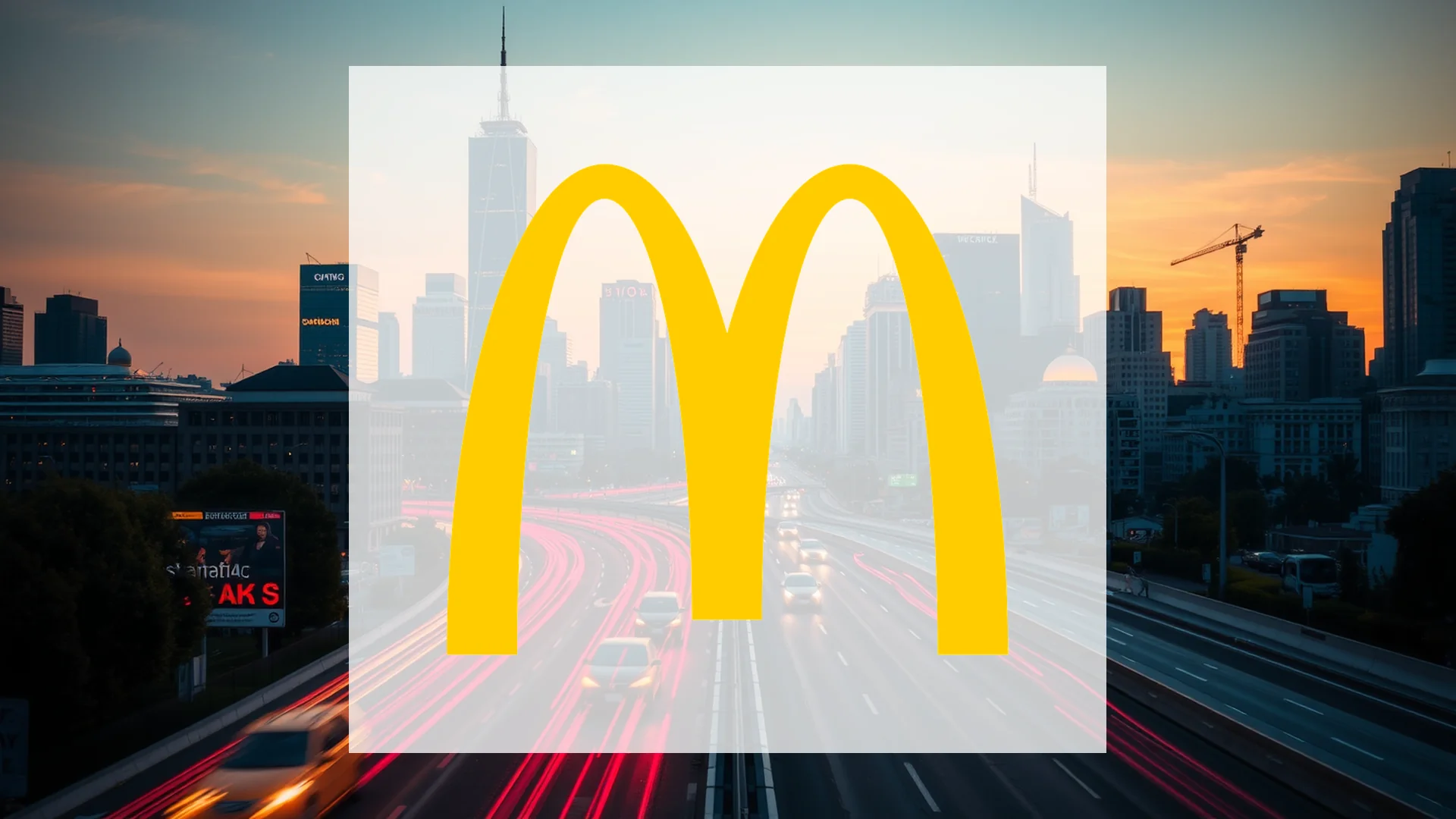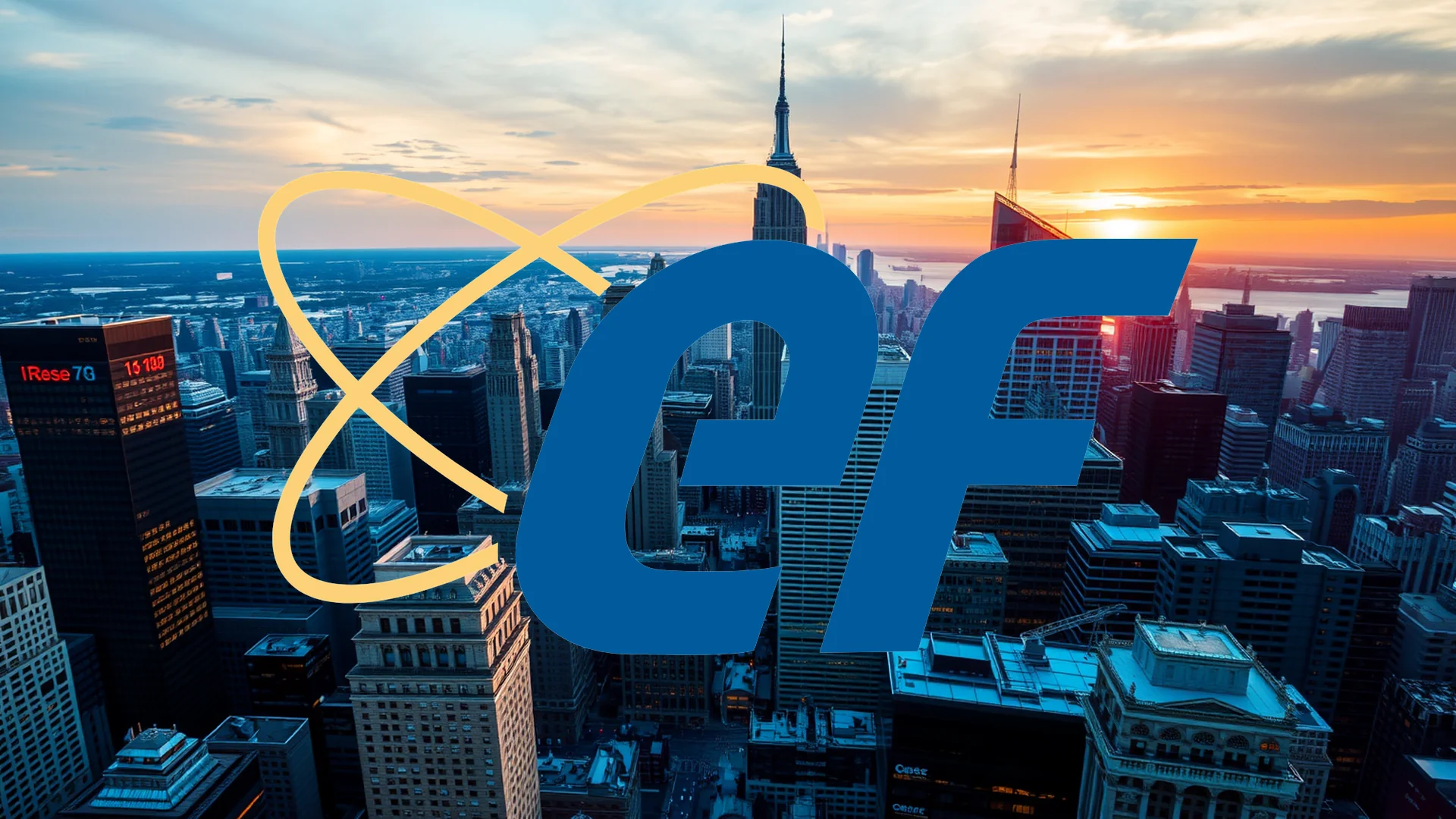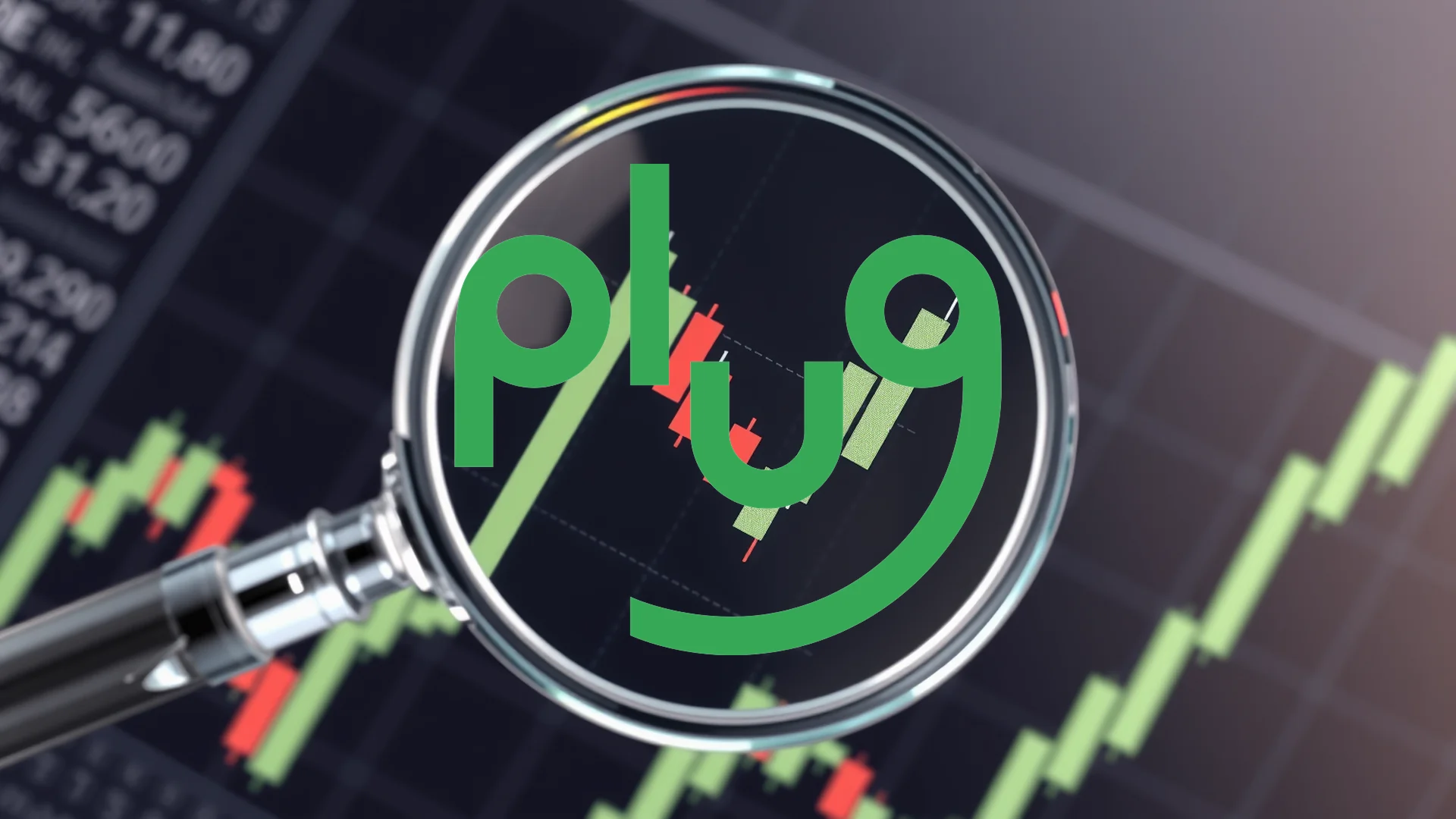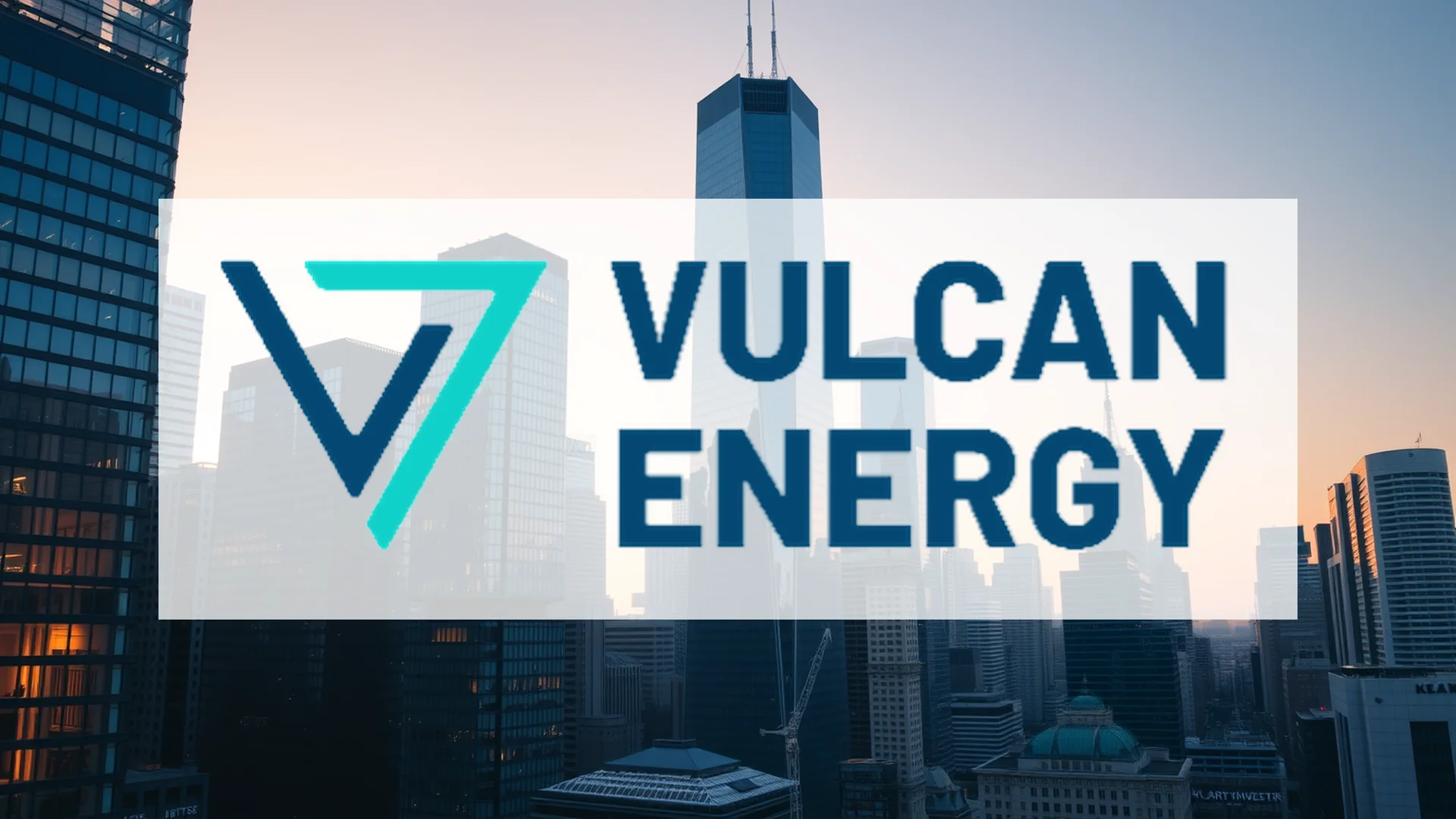Chinese electric vehicle manufacturer Nio finds itself navigating a complex scenario of soaring demand for its latest model against a backdrop of impending regulatory changes. The company’s new flagship SUV, the third-generation ES8, has seen its entire 2025 production allocation sell out, creating significant delivery delays for new customers. Simultaneously, new export regulations from Beijing could complicate Nio’s international expansion strategy.
Production Capacity Strains Under Heavy Demand
Prospective buyers ordering the new ES8 today face an extensive waiting period of 24 to 26 weeks, with deliveries not expected to commence before March 2026. This complete sell-out of the 2025 production run highlights intense market interest but also exposes a critical bottleneck for the automaker.
To mitigate customer dissatisfaction, particularly for those whose 2025 orders may be pushed into the next year, Nio has implemented a “Worry-Free Guarantee.” This initiative offers subsidies designed to offset potential reductions in government EV purchase incentives that may apply to vehicles delivered in 2026. The primary risk for Nio is that prolonged wait times could push frustrated consumers toward competitors, preventing the company from fully capitalizing on the current positive market sentiment.
Should investors sell immediately? Or is it worth buying Nio?
Regulatory Landscape Presents New Challenges
Adding a layer of complexity to Nio’s operations, Chinese authorities are set to introduce stricter controls on the burgeoning electric vehicle sector. Effective January 1, 2026, automakers will be required to obtain special licenses to export electric vehicles. The regulation aims to curb unauthorized exports and aligns the EV sector with existing rules governing other vehicle types. For an ambitious company like Nio, which has clear global aspirations, this represents a new bureaucratic obstacle to navigate.
Financial Cushion Amidst Operational Pressures
Despite these operational and regulatory challenges, Nio has recently fortified its balance sheet. A successful capital raise of $1.16 billion has provided the company with significant liquidity. Management has indicated that these funds are earmarked for technology development and expanding the company’s operational network.
The path forward for Nio involves a delicate balancing act. The company must rapidly scale its production capabilities to meet overwhelming demand while simultaneously adapting to the new export compliance framework. Success on both fronts is crucial; failure could see a temporary sales surge transform into a longer-term growth constraint. The strength of the ES8’s reception confirms the brand’s powerful appeal, but managing the ensuing logistical and regulatory complexities will be the true test for the automaker.
Ad
Nio Stock: Buy or Sell?! New Nio Analysis from December 31 delivers the answer:
The latest Nio figures speak for themselves: Urgent action needed for Nio investors. Is it worth buying or should you sell? Find out what to do now in the current free analysis from December 31.
Nio: Buy or sell? Read more here...

